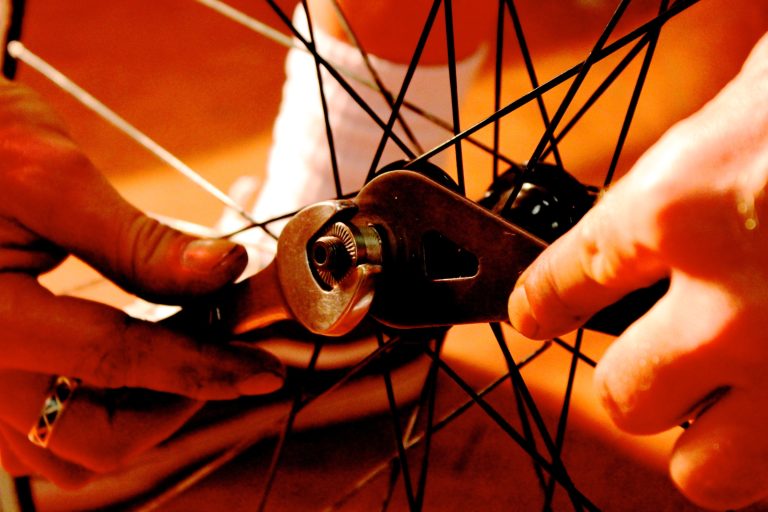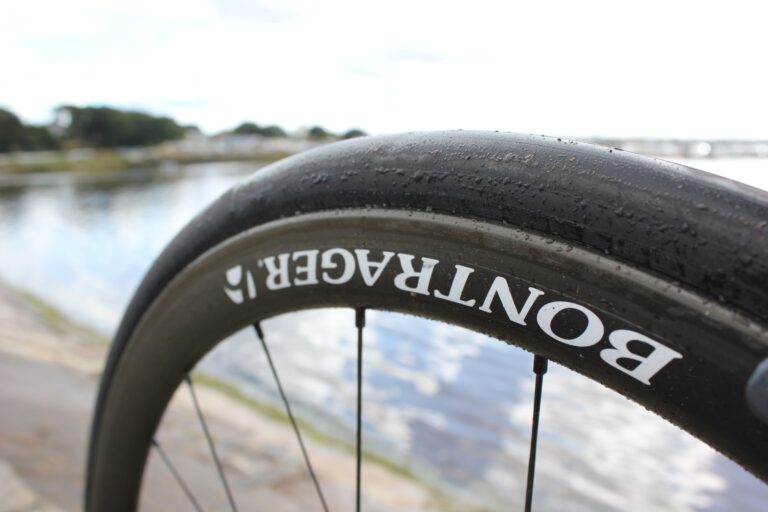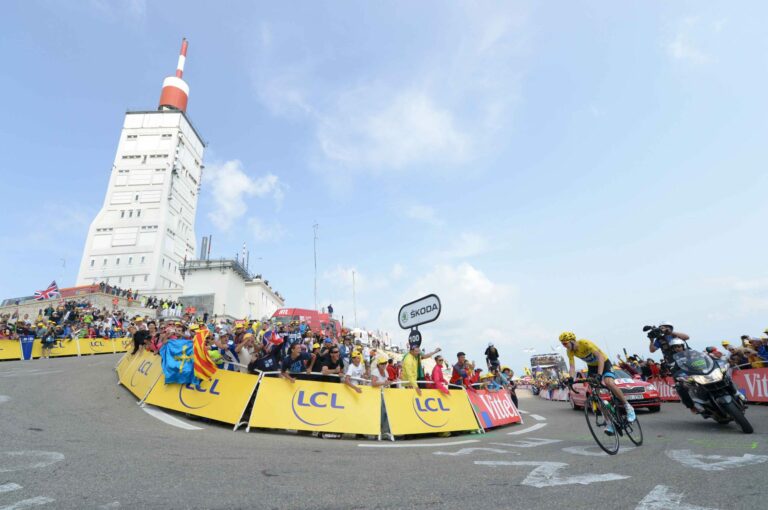Autumn’s a tricky time for cyclists.
The season brings with it a mixed bag of weather: blue sky days, frosty mornings, torrential rain showers and gale force winds. That means it’s important you wear the right clothing when out on the bike.
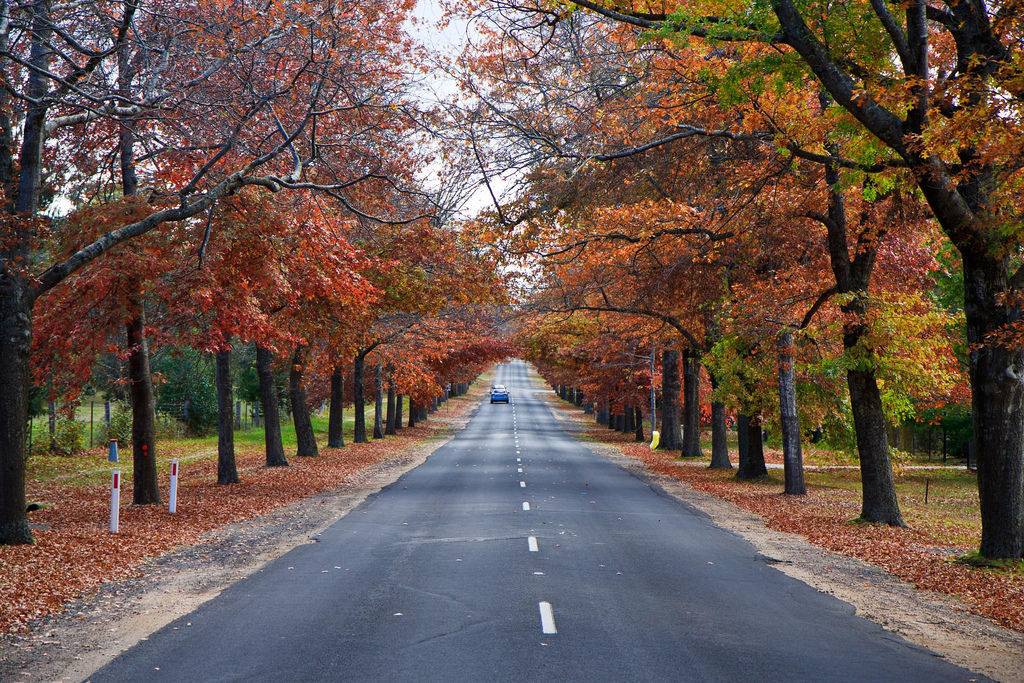
But it’s rarely as simple as that. The changeable weather makes it difficult – no, nigh-on impossible – to select the right combination of clothing. Here are our tips for beating the season.
It’s all about layers
Because the weather can’t make its mind up, layers are the key. Air is trapped between each layer of clothing, helping to keep you warm, and layers can be added or removed to help regulate body temperature.
The idea is simple: to make sure you’re wearing the right amount of clothing for the conditions at the time, depending even on how hard you’re riding.

Being able to peel off a layer or two stops you from overheating and becoming drenched in sweat which, when the temperature drops, will leave you feeling cold. Add a layer and, well, you get the jist of it.
The good basis to any layering system is, erm, the base layer. A short sleeve base layer is best in autumn and the change in season from summer to autumn means a switch from fast-wicking polyester, to warmer, heat-retaining Merino, which feels soft next to the skin and does a great job at regulating body temperature. But what else?
Arm, knee and leg warmers
Arm and knee/leg warmers are a vital part of any cyclist’s wardrobe; they’re the quickest and easiest way to keep the wind off large swathes of skin that would otherwise be exposed, plus they’re easy to stow in a jersey pocket when you’re not wearing them. Fleece-lined arm and knee/leg warmers are the warmest and best now we’re heading into the coldest months of the year.
Autumn mornings can start close to freezing – we’ve just seen our first bout of frost – but, moving into the afternoon the sun can still feel warm if the wind’s not blowing.
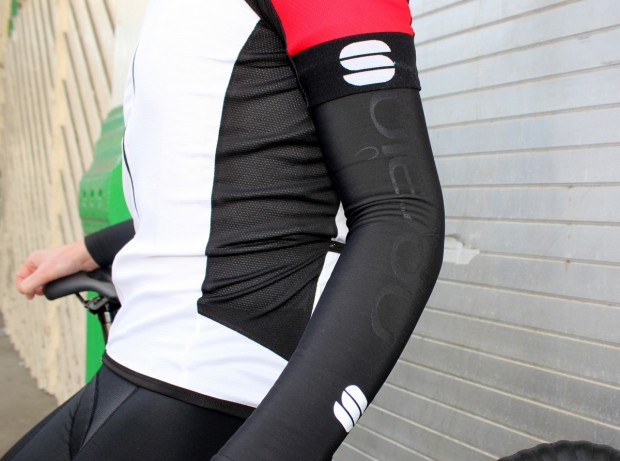
That does throw up a question, however. Bib shorts or three-quarters? Now we’re heading into autumn proper, it’s likely knee/leg warmers will stay on throughout a ride. But we reckon the bib shorts and knee/leg warmers combination looks better than three-quarter tights. In our opinion they offer a better fit, and offer greater versatility. A few brands offer a fleece-lined short (Pearl Izumi, De Marchi, dhb), which will do for your vitals what the warmers do for your knees and legs.
Lightweight jacket
Breathability is the key when investing in a jacket for autumn or spring. You’ll want something to keep the wind off your chest but it’s not time to dust off the heavy, mid-winter jacket just yet.

So you want something lightweight and compact, which easily packs down into your jersey pocket. There are plenty of jackets in this bracket, many of which come with a handy stuff sack to take up as little space as possible.
Lightweight jackets are rarely waterproof – and that’ll only serve to bump the price up – but a water resistant piece will do the trick for staving off the short, sharp showers which are common at this time of year.
Gilet
A windproof gilet is ideal for protecting your core from the elements. At the same time, having your arms free will stop you from overheating, while the addition of arm warmers will keep the chill off your skin if required, or throw on a long sleeve jersey on colder days.
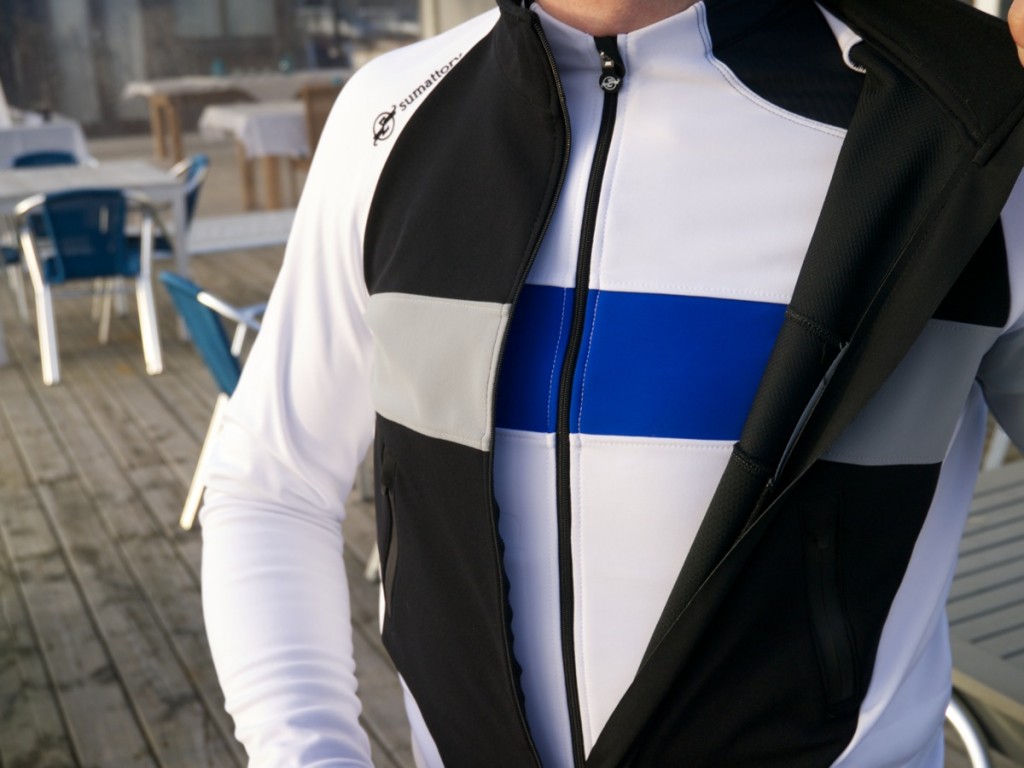
For this time of year you’ll want a windproof gilet. A good gilet will also pack down so you can take it off and store it, whether in a jersey or jacket pocket. Again, layers which you can add and remove as the temperature fluctuates are key. Many gilets are water resistant too, removing the need for a jacket when there’s only a little rain in the air, or if you’re wearing water resistant arm warmers.
Gloves
You hands will be the first part of your body to notice the change in the seasons, sitting atop the handlebars and taking the full force of the wind. A pair of thin, windproof gloves will fit the bill at this time of year. Ensure there’s plenty of grip so you’ve got complete control when breaking and changing gear.

As winter approaches thicker, waterproof gloves are important but, put those on too early, and the sweat-drenched inside of the glove will soon become uncomfortable.
Warm socks and oversocks
There’s no fun in having cold hands, and the same goes for your feet too. Considering every watt of power is transferred through your feet and onto the pedals, you’ll want to make sure they’re in top nick.
Like base layers, we favour merino socks. The wool wicks sweat away from the skin and also has a natural anti-bacterial quality, so they’ll stay box fresh longer than polyester socks.
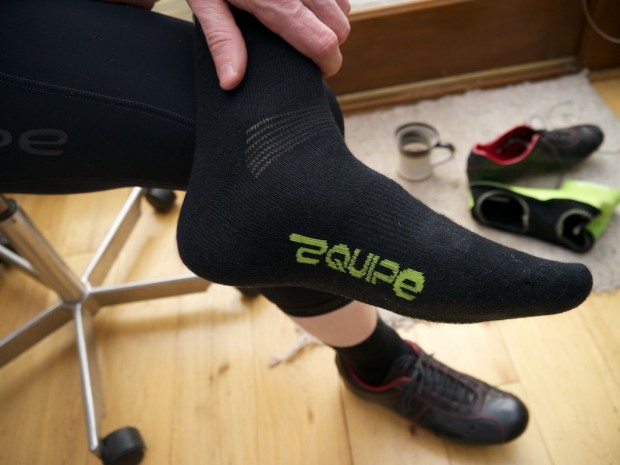
But warm socks aren’t always enough. Cycling shoes are often well ventilated, which is great in summer, but that leaves gaping holes for air to rush in when the temperature’s cooler. Oversocks – essentially a sock you pull over your shoe, which has a hole from which your cleat can pop out – add another layer of protection. Trade them in for warmer, waterproof overshoes when winter arrives.
What have we missed?
Share your tips in the comments box below.

